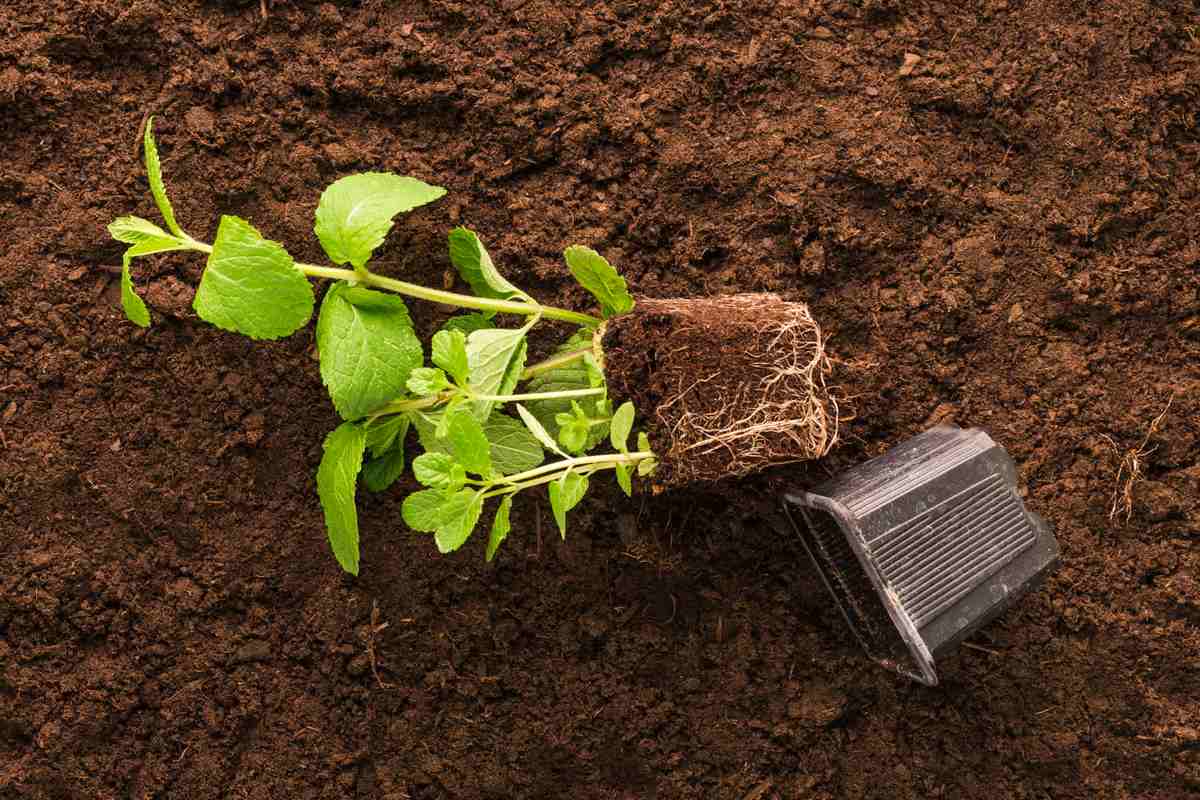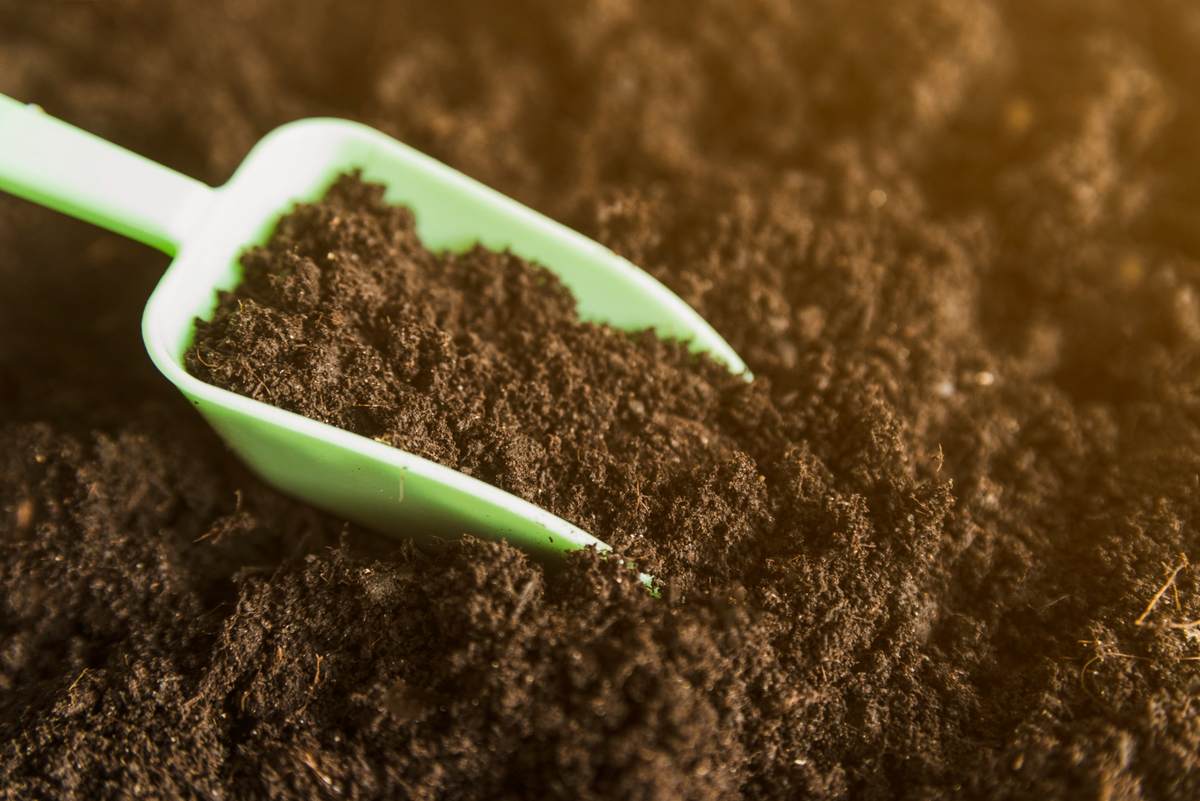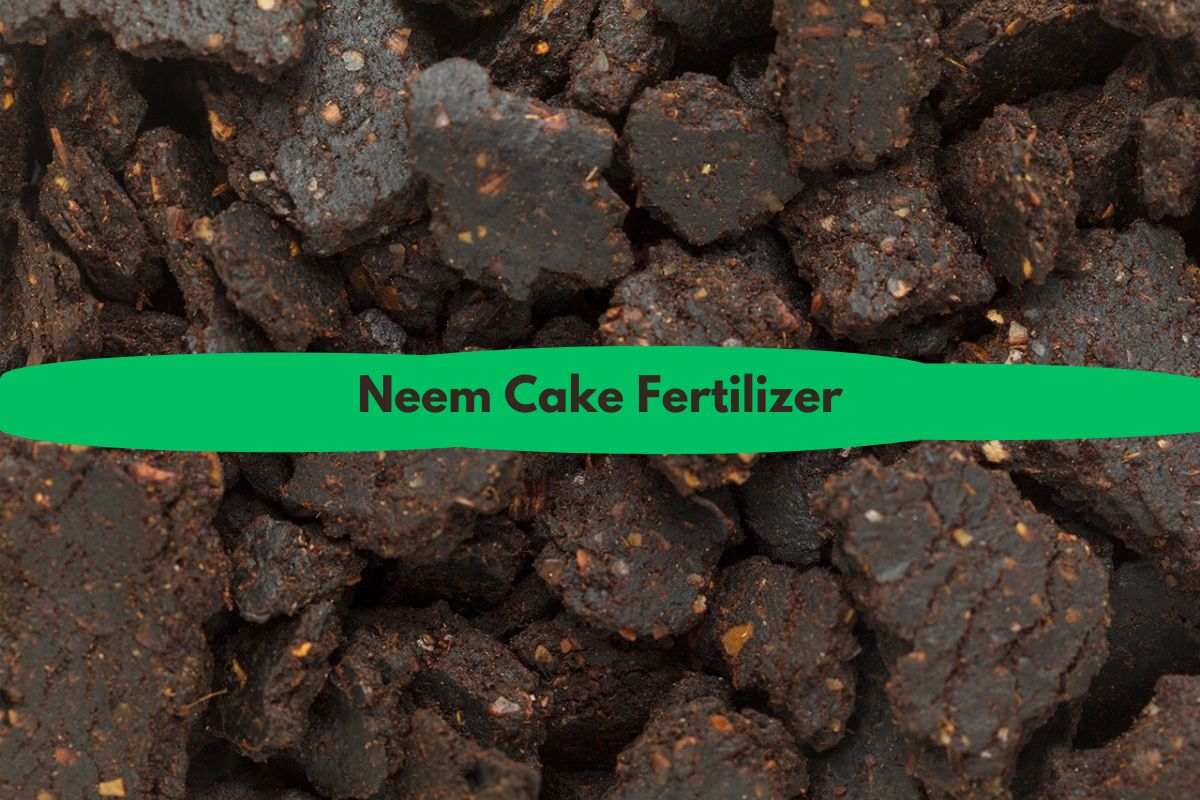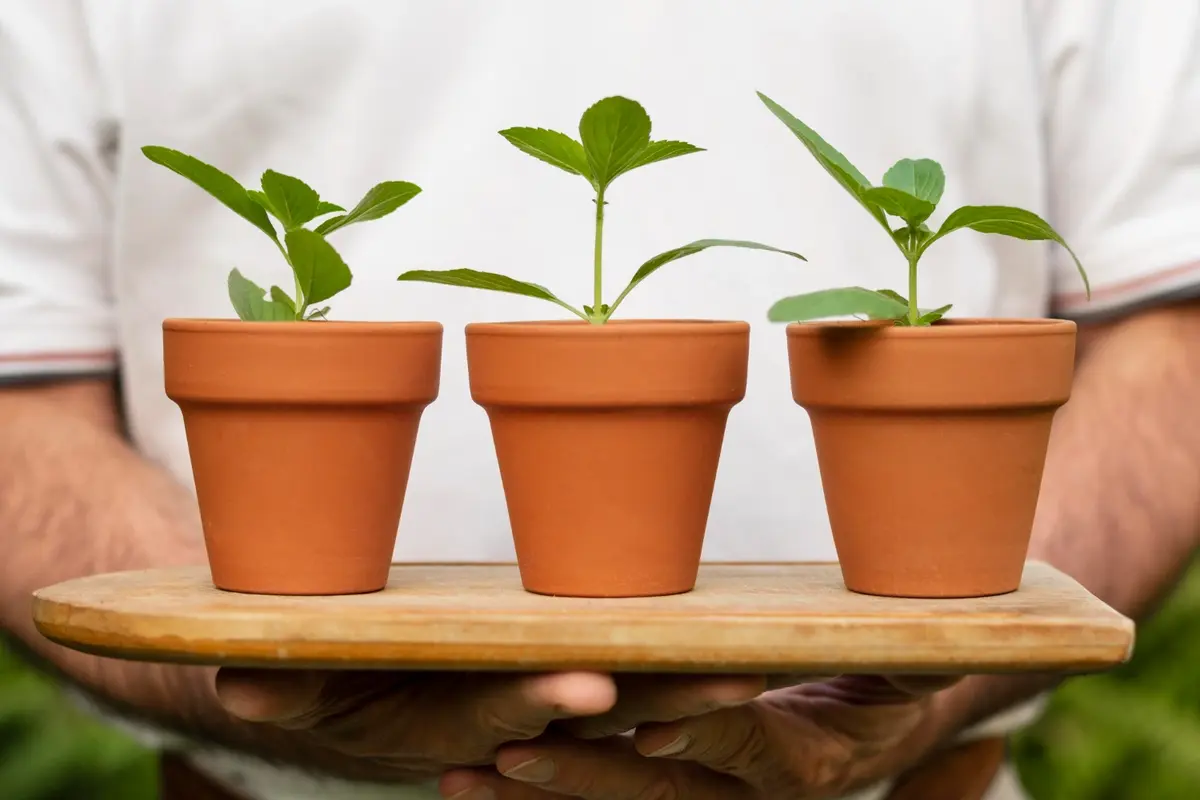Neem cake for plants presents a compelling choice over synthetic fertilizers and pesticides due to its multifaceted benefits and environmentally friendly nature. Neem cake not only provides all essential plant nutrients but also works as a natural pest repellent, nematicide, and fungicide without leaving harmful chemical residues. Additionally, it improves the soil structure, enhances microbial activity, and promotes sustainable soil health, making it a valuable and sustainable choice for gardeners and farmers to get healthy yields while minimizing the environmental impact associated with chemical fertilizers and pesticides.
Table of Contents
What is neem cake?
Neem cake is derived from the seed kernels of the neem tree, which is valued for its dual properties of being a fertilizer and a pest repellent. After the extraction of oil from the neem seeds, the leftover seed cake is processed into granules or powder, which can be used as an organic fertilizer or pesticide. Neem cake fertilizer is well known for its rich nutrient content, including NPK (nitrogen, phosphorus, and potassium) as well as other micronutrients like magnesium, calcium, and sulfur, which are essential for better plant growth.
Neem cake uses

Neem cake is a valuable byproduct of neem seed, well known for its diverse applications in agriculture and gardening. Here are the detailed uses of neem cake:
Natural Fertilizer: Neem cake is an excellent organic fertilizer rich in NPK (nitrogen, phosphorus, and potassium) along with other essential micronutrients like magnesium, calcium, and sulfur.
Soil Amendment: As a soil amendment neem cake helps to improve soil texture, structure, and water-holding capacity. Also, it enhances soil fertility by promoting the growth of beneficial microorganisms in the soil.
Pest Repellent: Neem cake acts as a natural insect repellent and disrupts the life cycle of many pests, as it contains natural compounds such as azadirachtin, which has strong pesticidal properties.
Fungicide: Neem cake has effective antifungal properties that help in the prevention and control of various fungal diseases, such as powdery mildew, rust, and leaf spot, among others.
Crop Residue Decomposition: Neem cake aids in the decomposition of crop residues and organic matter in the soil which helps to maintain soil fertility and provide a favorable environment for better crop growth.
Soil Health Improvement: In the long term use of neem cake can help to maintain soil health and fertility by developing a balanced and nutrient-rich soil ecosystem in a sustainable manner, which is essential for long-term agricultural productivity.
Organic Agriculture: In organic farming and gardening practice, neem cake is widely used as it is eco-friendly and does not pose any health risks to humans, animals, or beneficial insects.
Overall, neem cake is a versatile input in agriculture that has a vast impact on soil health, plant growth, and pest management, making it a valuable component in sustainable farming and gardening practices.
Neem cake NPK ratio
The NPK ratio of neem cake varies depending on the quality of the neem seed used and the production process. Generally, neem cake contains approximately 1.5% to 4% nitrogen (N), 1% to 2% phosphorus (P), and 0.5% to 1% potassium (K).
Apart from NPK, neem cake also contains various other micronutrients, including calcium, magnesium, sulfur, iron, zinc, and molybdenum. The presence of these additional nutrients makes it a valuable organic fertilizer and soil amendment for better plant nutrition and soil health.
How to use neem cake for plants?

Neem cake can be used in various ways during the different growing stages of plants. Here’s how you can use neem cake effectively:
Soil Application: Incorporate neem cake into the soil before planting or during the early stages of growth. Mix it thoroughly with the topsoil for a sustained supply of essential nutrients to the plants throughout the growing period.
Potting Mix: You can blend neem cake into the potting mix before potting or transplanting, which will be most efficient for root development and overall plant growth of potted plants.
Top Dressing: You can sprinkle a thin layer of neem cake around the base of the plants as a top dressing for a slow release of nutrients and continuous nourishment throughout their growth cycle.
Mulching: Use neem cake as a mulch around the base of plants to get multiple benefits, including weed suppression, moisture retention, and a steady supply of nutrients throughout the growing period.
Pest Control Solution: Mix neem cake with water to make a neem cake tea and allow it to steep for a few hours or overnight. Then strain the solution and use it as a foliar spray to deter pests and control fungal diseases.
Always remember that it’s important to follow the recommended application rates specific to the type of plant, the stage of growth, and the soil conditions before using neem cake.
Also Read: The Eco-Friendly Choice: Benefits of Vermicompost Fertilizer.
How to make neem cake fertilizer at home?

Here is a step-by-step process to prepare neem cake fertilizer at home:
Gather Neem Seeds: First of all, collect fresh neem seeds from the neem tree. While collecting must ensure that the seeds are ripe enough and free from any external contaminants.
Remove Outer Shell: Extract the inner kernels from the neem seed shells by cracking open the outer shell carefully using a hammer or any other suitable tools.
Soak the Kernels: Take a large container filled with water and place the neem kernels in it. Allow the kernels to soak for at least 12 to 24 hours to make the kernels soften and easier to process.
Blend the Kernels: After soaking, you will need a blender or food processor to blend the kernels into a fine paste. During blending, add the required amount of water to achieve the desired consistency.
Strain the Mixture: Squeeze out as much liquid as possible by straining the blended neem mixture using a clean cloth or sack.
Shape the Cake: Take the strained neem mixture and shape it into small pieces using your hand to ensure uniform size for consistent drying.
Dry the Cakes: Place the neem cakes on a drying tray or sheet and allow them to dry under the sun for several days until they are completely dry and hard. Also, for a faster drying process, you can use a dehydrator or oven at a low temperature.
Store the Neem Cake Fertilizer: Once completely dried, your neem cake fertilizer is ready to use according to your needs. Store your homemade neem cake fertilizer in a cool, dry place in an airtight container or sealed bag to preserve its quality and efficacy.
Neem cake price
Neem cake prices can vary depending on various factors such as the quality, production process, brand, and market demand. Also, the price may differ in different regions and countries. For the most accurate and up-to-date information regarding the current price of neem cake, I recommend checking with local agricultural suppliers, gardening stores, or online marketplaces.
FAQs
How much neem cake to add to the soil?
The amount of neem cake to add to the soil can vary depending on several factors, including the type of plant, soil quality, and the specific requirements of the particular crop. Generally, the application rate of neem cake typically ranges from 1 to 2 kilograms per square meter of soil for garden beds or agricultural fields. For potted plants, you can incorporate neem cake into the potting mix at a rate of approximately 1 to 2 tablespoons per gallon of potting medium.
What is the shelf life of neem cake?
The shelf life of neem cake can vary depending on various factors such as storage conditions, moisture content, and exposure to air and sunlight. When stored in a cool, dry place, away from direct sunlight and moisture, neem cake can maintain its quality and efficacy for an extended period of about 12 to 18 months.
Is neem cake anti-fungal?
Yes, neem cake is known to possess antifungal properties as it contains various bioactive compounds, including nimbin, nimbidin, and azadirachtin. These compounds help in inhibiting the growth and development of fungi.










1 thought on “Complete Guide to Using Neem Cake for Plants”